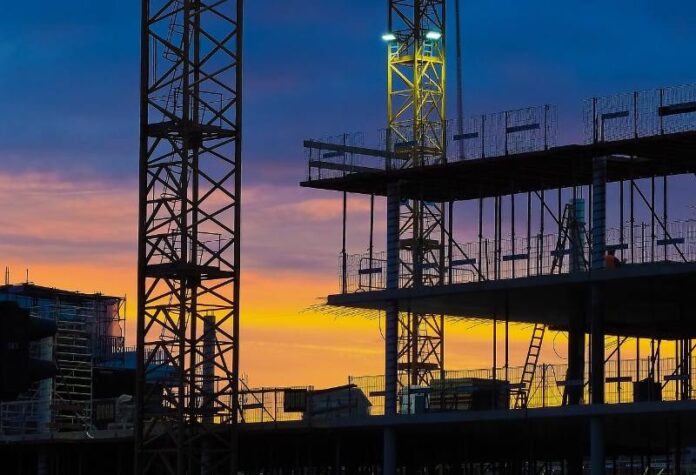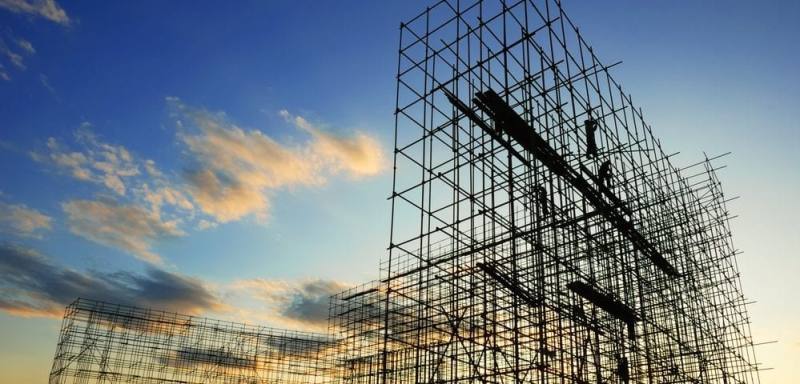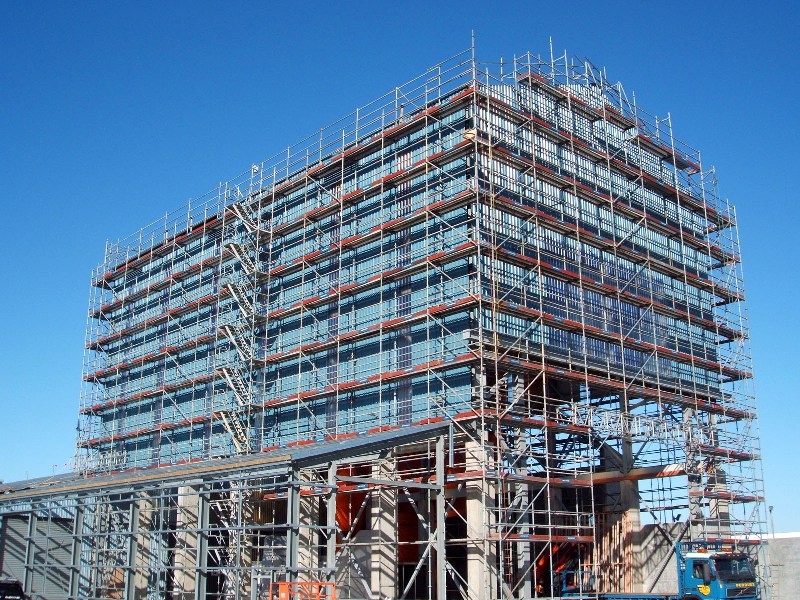When carrying out renovations or repairs on your home, scaffolding is often a necessary part of the process. It offers greater freedom of movement for those undertaking the work, allowing tools and materials to be managed better, and providing a more secure working platform than a ladder. And because of this, it helps to drastically reduce working times.
It is essential, however, to make sure that all scaffolding is erected correctly and safely. Badly erected scaffolding can lead to severe injury or even fatality. This is why scaffolding companies are governed by four separate bodies that oversee the regulations. Every time scaffolding is erected, it must be checked before work commences and every seven days following this, as well as following any damage or extreme weather.
In the UK there are numerous rules regarding scaffolding, all to limit potential accidents and injuries. Here are some expert tips to guide you in the safe installation of scaffolding.
Basic structure
Scaffolding is basically made up of seven components:
- Supports – base plates in which the structure stands
- Standards – upright, vertical poles
- Ledgers – horizontal poles
- Transoms – laid across the ledgers to support the planking
- Planks – the actual working platform
- Cross braces – diagonal supports between the standards
- Couplers – clamps used to secure the poles
Secure Foundation
Scaffolding should always be erected on level ground. Base plates and/or mudsills should be used to provide a stable footing. If the ground is uneven or sloping, then leg extensions can be used to keep the scaffolding level. It may be necessary to excavate any areas of higher ground and to keep the structure level using the adjusting screws.
At this stage, should you need to move the scaffolding during work, casters can be added, but always make sure they are locked while the scaffold is in use.
Assembling the frame
The first level of bracing should be as close to ground level as possible. Always ‘plumb’ as you go, to make sure the structure is level and to reduce swaying as it gets higher. Any couplers should be tightened and checked before moving to the next level.
Scaffolding should be able to take four times the actual weight it is subjected to, but never be tempted to overload it with tools and materials or store equipment that isn’t for immediate use.
When the scaffold is at the required height, toeboards, guardrails and netting should be added for extra safety.
The scaffold must be secured to the structure using ‘ties’, either through apertures or holes drilled into the structure so that ‘anchor ties’ can be used.
Before each shift, the structure must be checked by a competent person.
The biggest and most important tip is never cut corners.
Scaffolding should only ever be erected and overseen by a qualified person. There are thousands of scaffolding experts around, most of who are happy to give advice and assistance. These can easily be found in your area by searching online, for example, scaffolding London, or scaffolding Essex, for your safety and peace of mind.




















